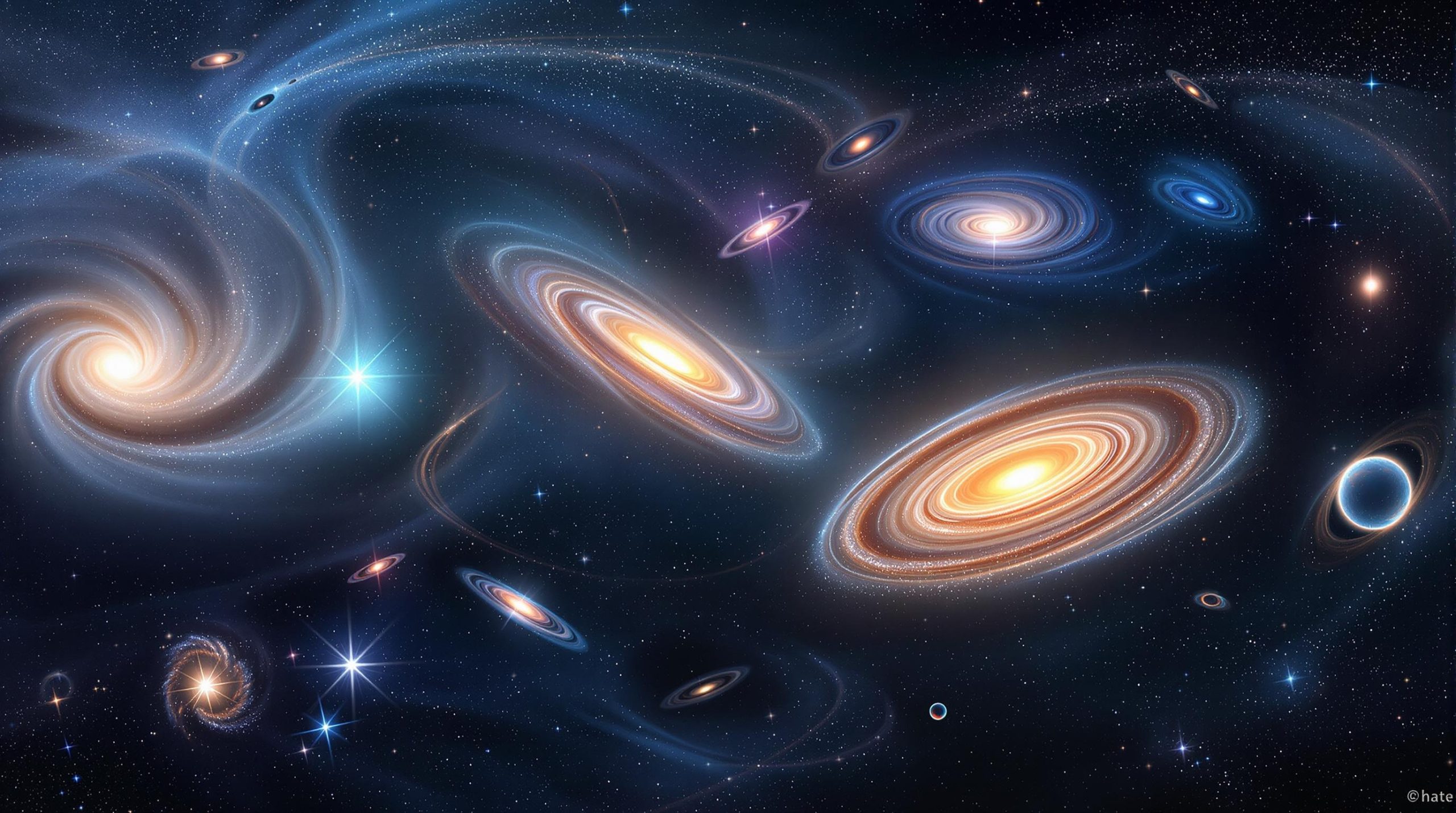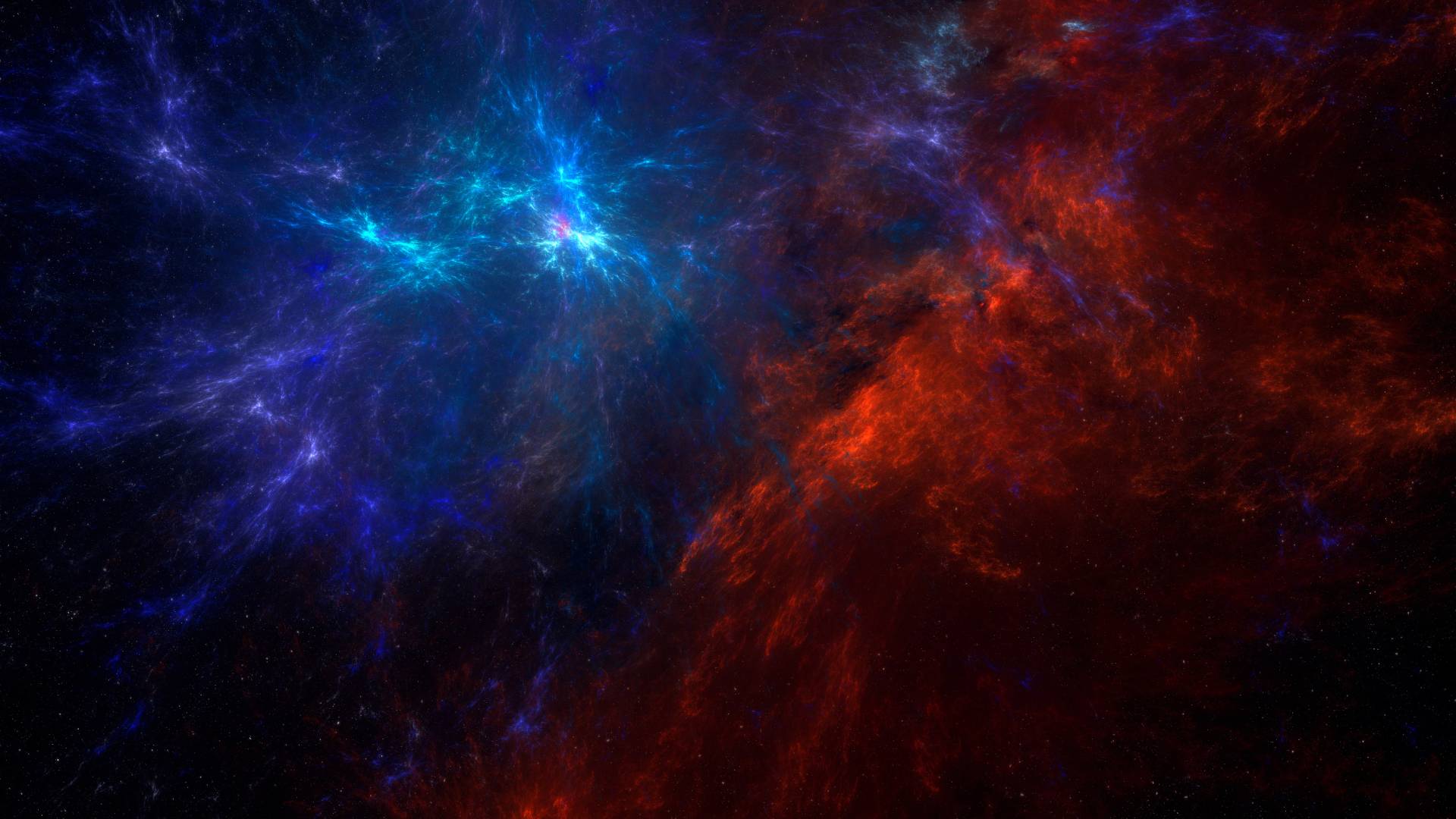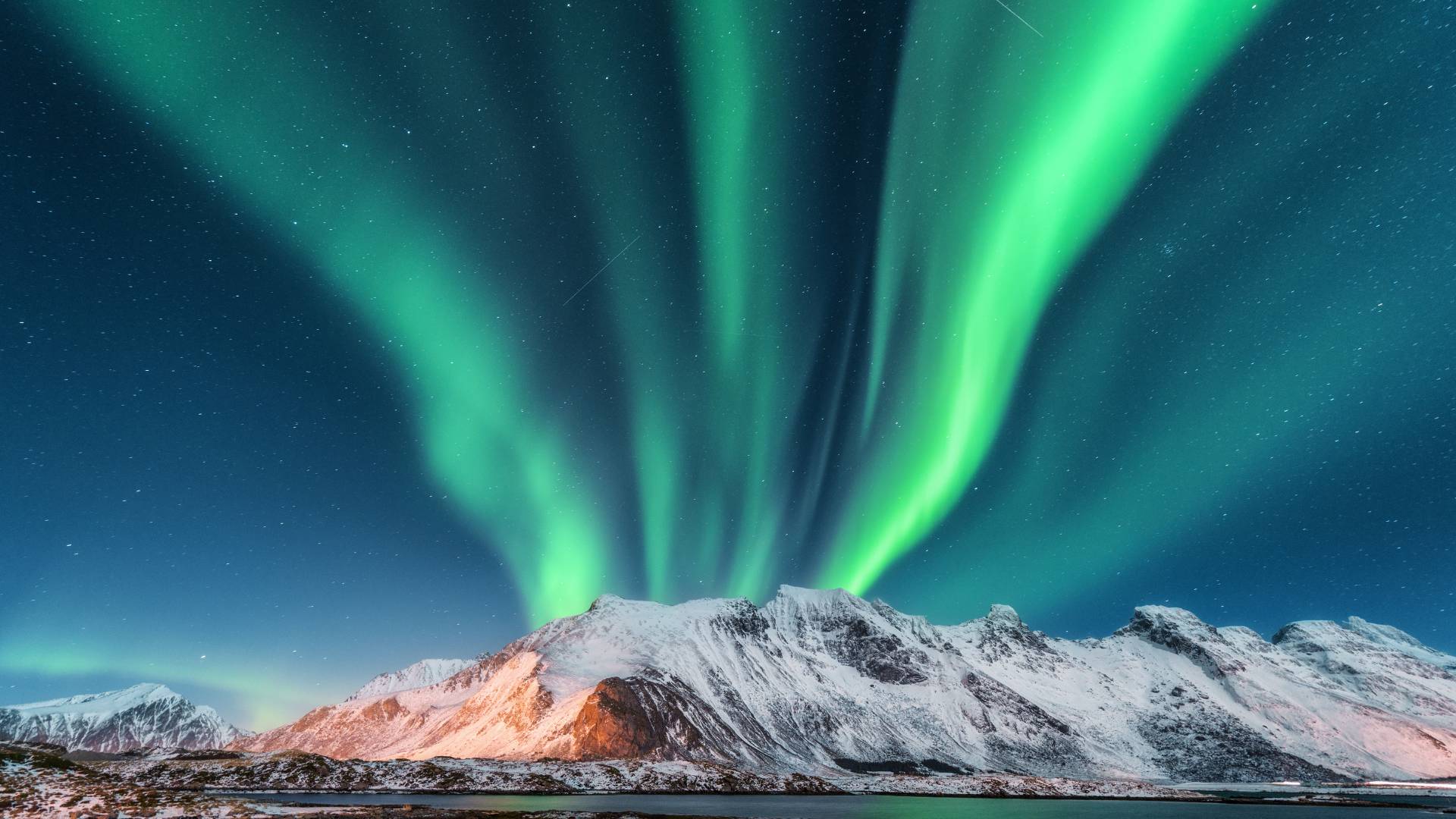How Do Galaxies Form and Evolve Over Time , Galaxies are the fundamental building blocks of the universe, containing billions of stars, gas clouds, dark matter, and dust. They come in various shapes and sizes, from spiral galaxies like the Milky Way to elliptical and irregular galaxies.
But how do galaxies form, and what processes govern their evolution over cosmic time? Understanding these processes helps us grasp the vast changes that have shaped the universe since the Big Bang. This article explores the intricate mechanisms behind galaxy formation and their transformation over billions of years, revealing the forces that sculpt the cosmos. stay with Spaceyv
The Formation of Galaxies ( Evolve Over Time )
The Big Bang and Primordial Matter
The story of galaxy formation begins with the Big Bang, approximately 13.8 billion years ago. In the first few hundred million years, the universe was filled with a hot, dense plasma of subatomic particles. As the universe expanded and cooled, hydrogen and helium atoms formed, leading to the emergence of the first neutral gas clouds. These clouds provided the necessary building blocks for the first stars and eventually the first galaxies. Over time, gravitational forces pulled these elements together into denser structures, setting the stage for galaxy formation.
Cosmic Web and Dark Matter
Dark matter plays a crucial role in galaxy formation. Although it does not emit or absorb light, dark matter exerts gravitational influence, causing matter to clump together into a vast cosmic web of filaments and voids. These dark matter structures serve as gravitational wells where gas accumulates, leading to the birth of the first galaxies. The unseen force of dark matter continues to shape the large-scale structure of the universe, dictating the movement of galaxies and their distribution throughout cosmic time.
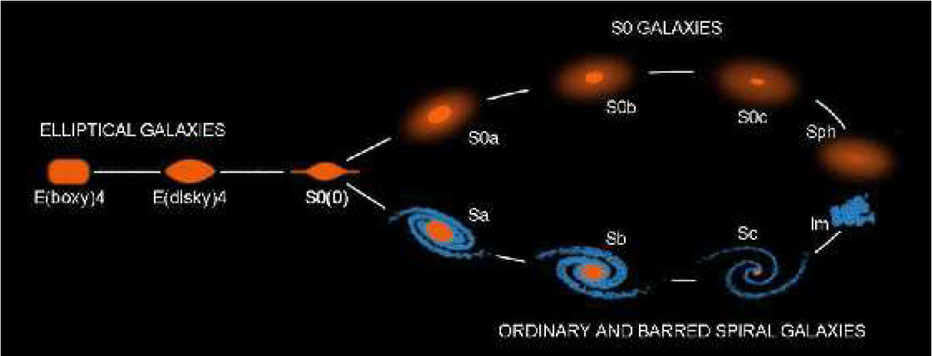
First Stars and Protogalaxies
The earliest galaxies, known as protogalaxies, formed when gas clouds collapsed under gravity and ignited the first stars. These stars, called Population III stars, were massive and short-lived, producing heavy elements that enriched the interstellar medium after their explosive deaths as supernovae. This process contributed to the chemical evolution of galaxies, laying the foundation for subsequent generations of stars and planetary systems. As protogalaxies merged, they formed larger and more complex structures, leading to the diverse galaxy types we observe today.
The Evolution of Galaxies Evolve Over Time
Mergers and Interactions
Galaxies grow and evolve through mergers and interactions. Smaller galaxies often merge to form larger ones, a process that shapes their structure and influences star formation. The Milky Way itself has undergone numerous mergers throughout its history and is expected to collide with the Andromeda Galaxy in about 4.5 billion years. These interactions trigger waves of star formation, redistribute stellar material, and can dramatically alter a galaxy’s morphology. In some cases, mergers result in the creation of elliptical galaxies, while in others, they enhance the spiral structures of existing galaxies.
Star Formation and Galactic Evolution
Star formation rates vary across different galaxies and epochs. Younger galaxies tend to have higher rates of star formation, while older galaxies experience a decline in stellar birth due to the depletion of gas. Some galaxies undergo bursts of star formation triggered by interactions with other galaxies or by internal processes. These bursts can produce massive clusters of newly formed stars, which contribute to the galaxy’s brightness and evolution. However, when a galaxy runs out of fuel for star formation, it enters a passive phase where no new stars are born.
The Role of Supermassive Black Holes
At the centers of most large galaxies, including the Milky Way, reside supermassive black holes (SMBHs). These black holes influence galaxy evolution by regulating star formation through energetic outflows and feedback mechanisms. When gas falls into an SMBH, it can produce powerful jets and radiation that impact the surrounding interstellar medium. These interactions can heat the gas, preventing further star formation or, in some cases, triggering new waves of stellar birth. The relationship between galaxies and their central black holes remains an active area of astronomical research.
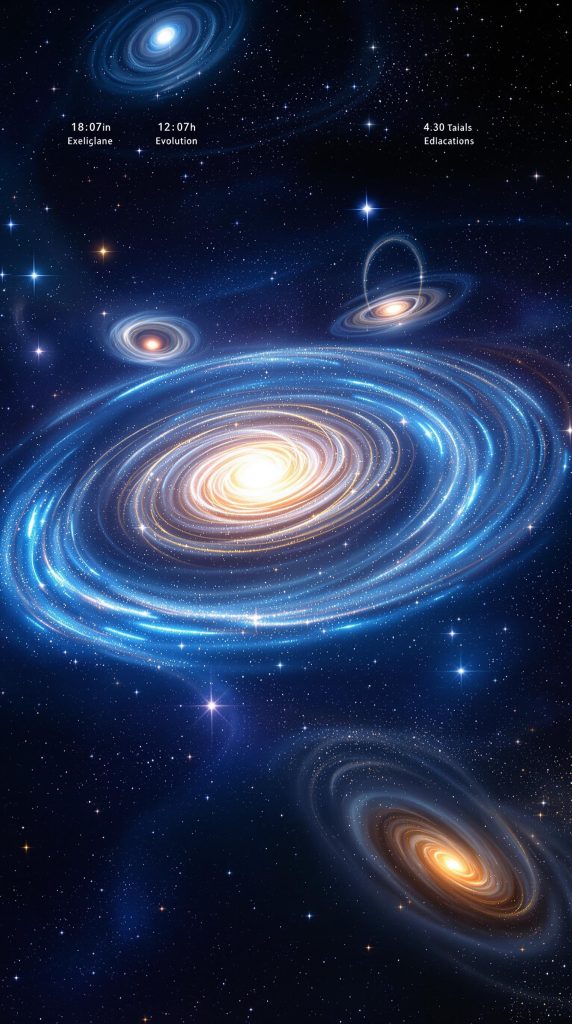
Morphological Transformations
Galaxies change shape over time due to internal and external processes. Spiral galaxies can transform into elliptical galaxies through mergers, while irregular galaxies result from gravitational interactions. Environmental factors such as proximity to galaxy clusters also influence a galaxy’s morphology. Tidal forces from nearby galaxies can distort their structures, leading to the formation of tidal tails, rings, or even completely reshaped galaxies. Over billions of years, galaxies continue to shift and evolve, reflecting the dynamic nature of the cosmos.
The Future of Galaxies
As the universe continues to expand, galaxy evolution will be influenced by factors such as dark energy, declining star formation, and cosmic interactions. Over trillions of years, galaxies may eventually become dominated by long-lived red dwarf stars, and star formation could cease entirely. As stars burn out and gas reservoirs deplete, galaxies may enter a quiet, inactive phase where no new stars form. In the far future, gravitational interactions could lead to the merging of all galaxies into massive, isolated structures. Eventually, even the remaining stars will fade away, leaving behind remnants such as black holes, dark matter halos, and faint stellar corpses.
Conclusion
Galaxies form through the gravitational collapse of matter and evolve through mergers, star formation, and feedback from supermassive black holes. Understanding galaxy formation and evolution provides crucial insights into the history and future of the universe. As observational technology advances, astronomers will continue to uncover the mysteries of how galaxies transform over cosmic time. From the early protogalaxies shaped by dark matter to the massive elliptical galaxies formed through collisions, the life cycle of galaxies is a testament to the complexity and beauty of the universe.
With future telescopes such as the James Webb Space Telescope and other deep-space observatories, we will be able to peer further into the past, witnessing the first galaxies emerge from the cosmic darkness. Each discovery brings us closer to unraveling the profound mysteries of how galaxies form, evolve, and shape the grand structure of the cosmos.
References
Formation and Evolution of Galaxies | AMNH

